The FN Model D was the most fully developed variant of the venerable Browning Automatic Rifle. Introduced in 1932 by Fabrique Nationale (with whom Browning had collaborated extensively prior to his death in 1926), the FN-D had a number of significant improvements over the standard BAR. It used a pistol grip instead of a traditional stock, a shorter quick-change barrel, improved rate-reducing mechanism, and simplified disassembly procedure. The locking system of the gun and general receiver design remained identical to the standard BAR.
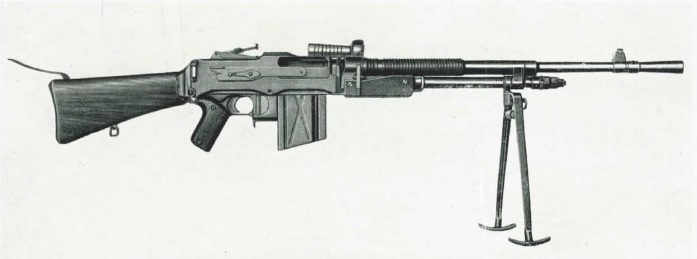
One of the main complaints against the BAR in combat was its fixed barrel. The concept of an automatic rifle for walking fire was obsolete virtually as soon as it was introduced, and the BAR in combat tended to be used as a light machine gun. The fixed barrel was easy to overheat, and American armorers were regularly replacing destroyed barrels on front-line BARs. The FN-D addressed this issue by finning the barrel for better heat dispersion and allowing it to be easily changed. In addition, the FN-D mounted its bipod on the end of the gas cylinder instead of the barrel itself. This reduced the weight and bulk of spare barrels (a lesson that would have been wise for the later M60 designers to take note of).
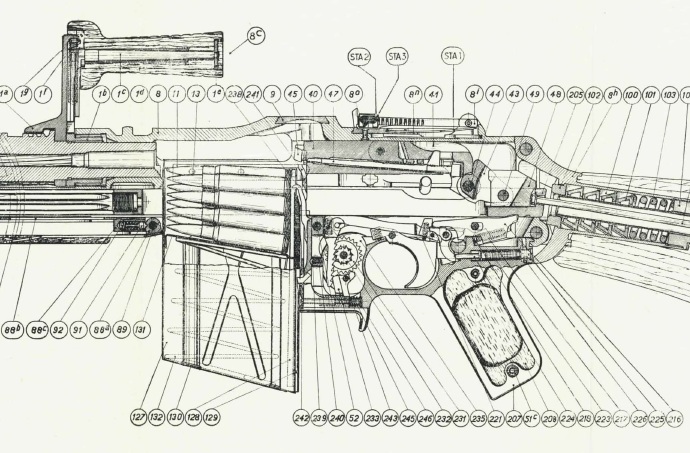
The FN model D continued the use of the fire control mechanism from the original BAR, with “slow” and “fast” (350 and 600 rounds per minute, respectively) instead of a semiauto and fullauto selector. They were also made in two receiver types, one for .30-06 caliber and one about 1/4 inch shorter for shorter cartridges (primarily the 7×57, 8×57, and 7.62 NATO). The 7.62 NATO variant was designated the FN-DA1, and used the same magazine as FN’s FAL rifle. In addition to factory-made conversions for 7.62mm, the Israeli military also converted many 8mm FN-D machine guns to 7.62 NATO, and these kits can still occasionally be found in the US. Magazines for the 7×57 and 8×57 guns are identical, and both they and the slightly longer .30-06 magazines are distinguished by the large “X” stamped in them.
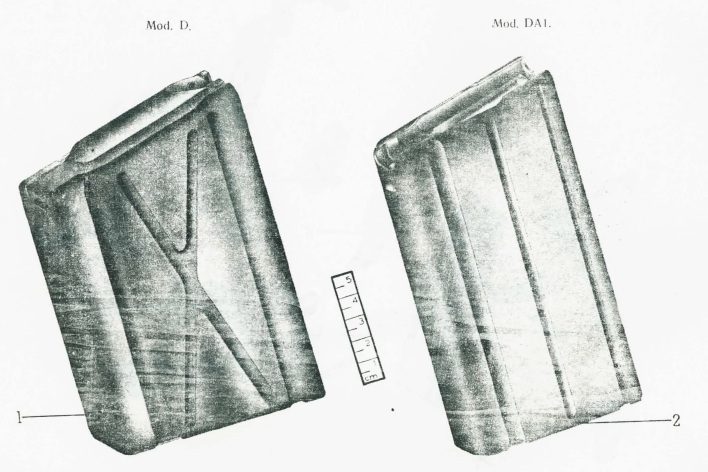
On the FN Model D page in the Vault, you can find an English manual for the gun as well as a parts catalog in French and Dutch with an excellent series of exploded diagrams showing every component part of the design.

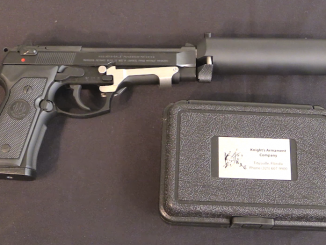

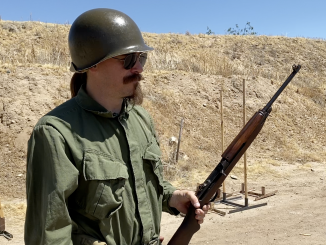
This gun, especially in 7mm Mauser, makes me all tingly in my naughty places like very few other firearms.
Can anyone tell me how that gear works? It is a burst limiter or something else?
The gear is part of the rate reducing mechanism. When it’s engaged (when the selector is set to “slow”), the gear is wound up against spring pressure between shots, thus reducing the rate of fire.
I have a parts kit and am looking for info. I really want to build a semi one of these.
7mm Mauser, as proven by its effectiveness hunting dangerous game, both on and off the battlefield is legendary. Had our the U.S. Ordnance Board adopted it in this caliber, in lieu of the 30.06 Springfield, plus had we adopted and refined the successful 1908 7mm Mexican Mondragon semi auto rifle using the same 20rd. capacity BAR magazine, it would’ve given our WW1 Marines and Soldiers under Blackjack Pershing a decisively accurate and suppressive firepower edge over the Kaiser of Germany’s Army, themselves mostly equipped with 5 shot bolt action 8mm Mausers interspersed with belt fed heavy machineguns of the same caliber. Although as later manufactured by Sig Sauer, it may’ve been expensive to manufacture, those prices would’ve dropped with mass adoption and production. It would’ve preceeded the 1936 U.S. M1 Garand by nearly 30 years, plus using the 7mm BAR 20rd. magazine, it would’ve offered 2 1/2X the ammo capacity over the 8 rnd. Garand. It’s standard issue 7mm 139 gr. projectile weight being 11 gr. lighter than the 150 gr. standard issued 30.06 bullet, it would’ve also permitted our Soldier or Marine a greater issued ammo load out they’d carry into battle.